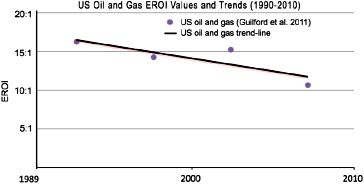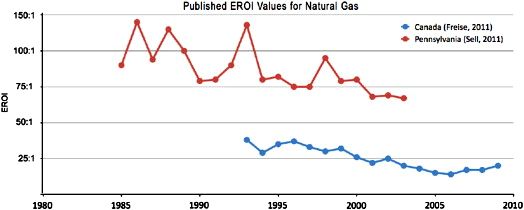
This paper presents an evaluation of European offshore gas-recycling within the North Ocean for an exemplar onshore carbon capture-utilization-and-storage project (CCUS) in The United States. Gas recycling includes a lengthy and effective history within the North Ocean while The United States has pioneered the effective use of CO2 for enhanced oil recovery. With restored curiosity about CO2 EOR as a way of stimulating carbon capture and storage (CCS), an easy comparison of the gas injection cultures illuminates the potential for CCUS to alter the rate of, and price- of-entry for, large CCS projects in Europe. The comparison of Weyburn, a sizable CO2 EOR operation in Canada, with Åsgard, offshore Norwegian, a sizable gas recycling operation, is dependant on a comparative CO2 cost of 70 USD per tonne and conservative oil cost during the last decade of 70 USD per barrel. A hypothetical offshore CO2 EOR scenario is described as one example of the way the revenue-expenditure ratios offer a similar experience for offshore and onshore projects – around 5:1 for that additional oil created from acquired CO2. A nominal carbon tax of 35 USD per tonne increases this to 10:1, demonstrating the opportunity of CO2 EOR to stimulate CCS. However, large upfront capital investments along with a regional lack of taken CO2 are significant hurdles to offshore European CCUS. The comparison also suggests a CO2 emissions-storage ratio of two:1. Although this is a minimal carbon footprint for oil, to ensure that these projects to possess a zero carbon footprint, they’d need a transition to significant connected storage. The result is the role of CO2 EOR inside a European CCUS context is mainly to stimulate the function-from capture and transport infrastructure, and also to use of large offshore CO2 storage hubs within the North Ocean.
 Resourse: http://sciencedirect.com/science/article/pii/
Resourse: http://sciencedirect.com/science/article/pii/

